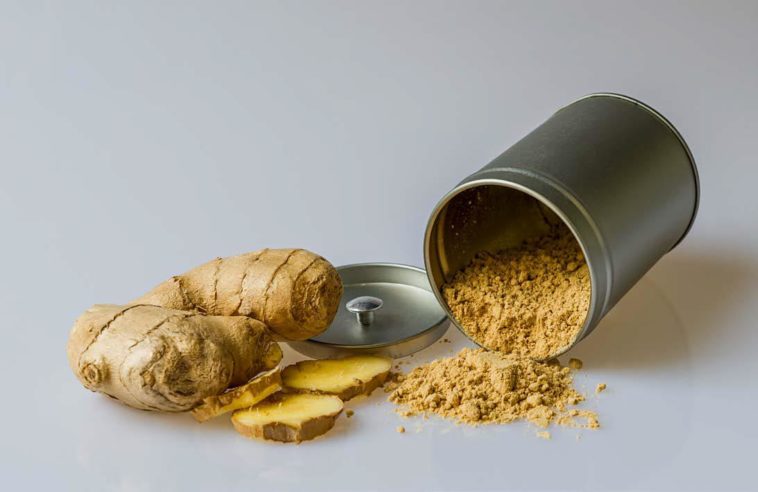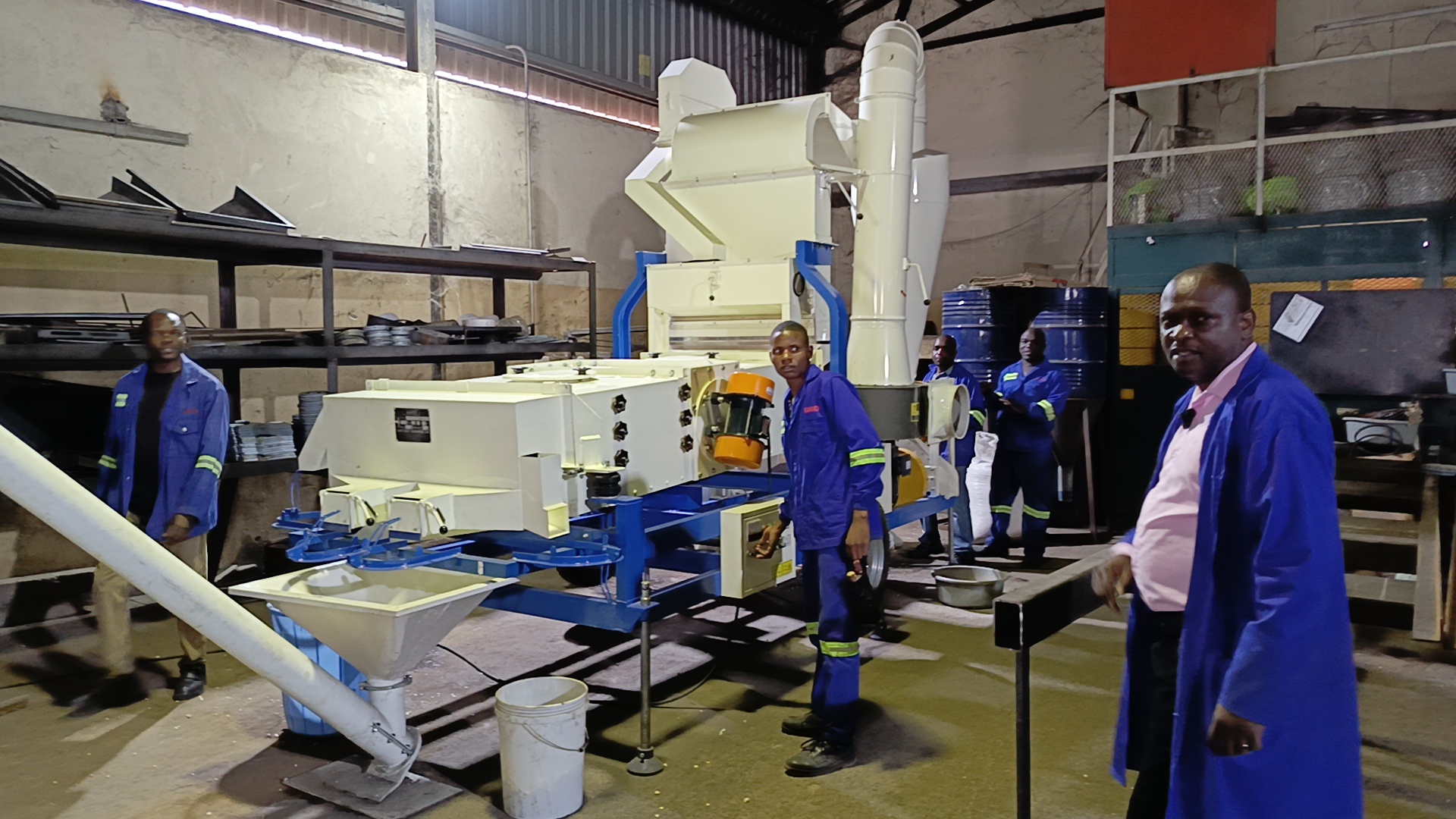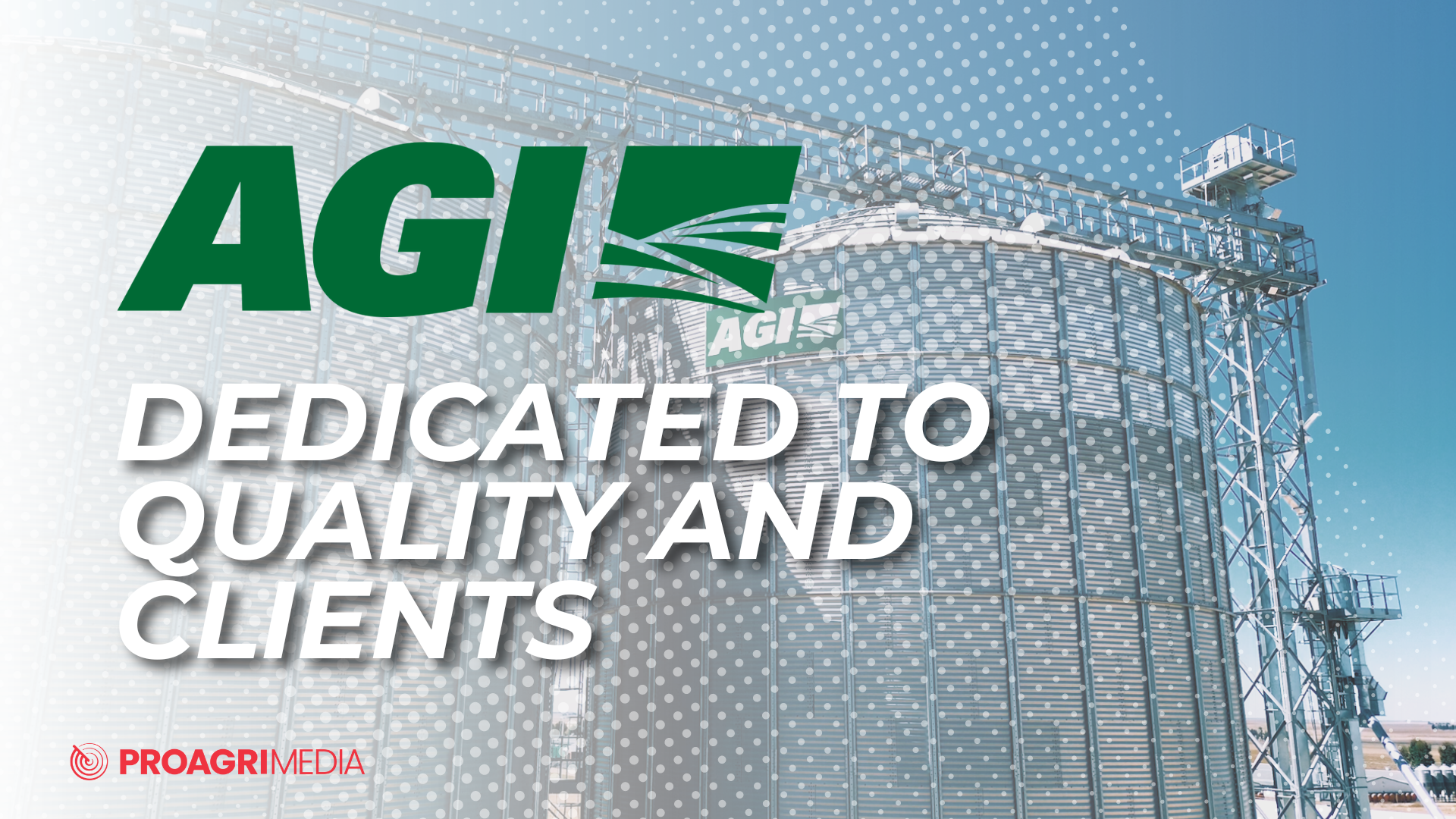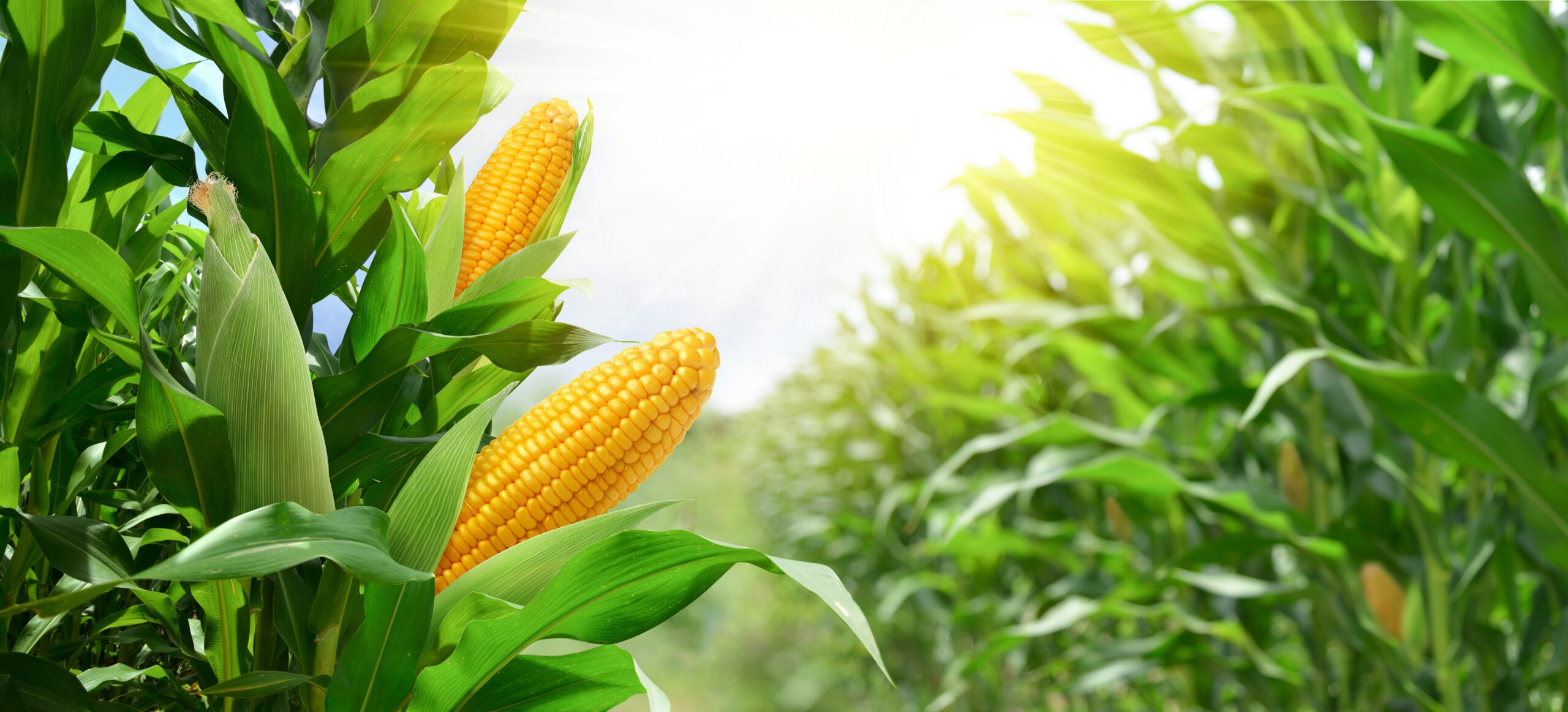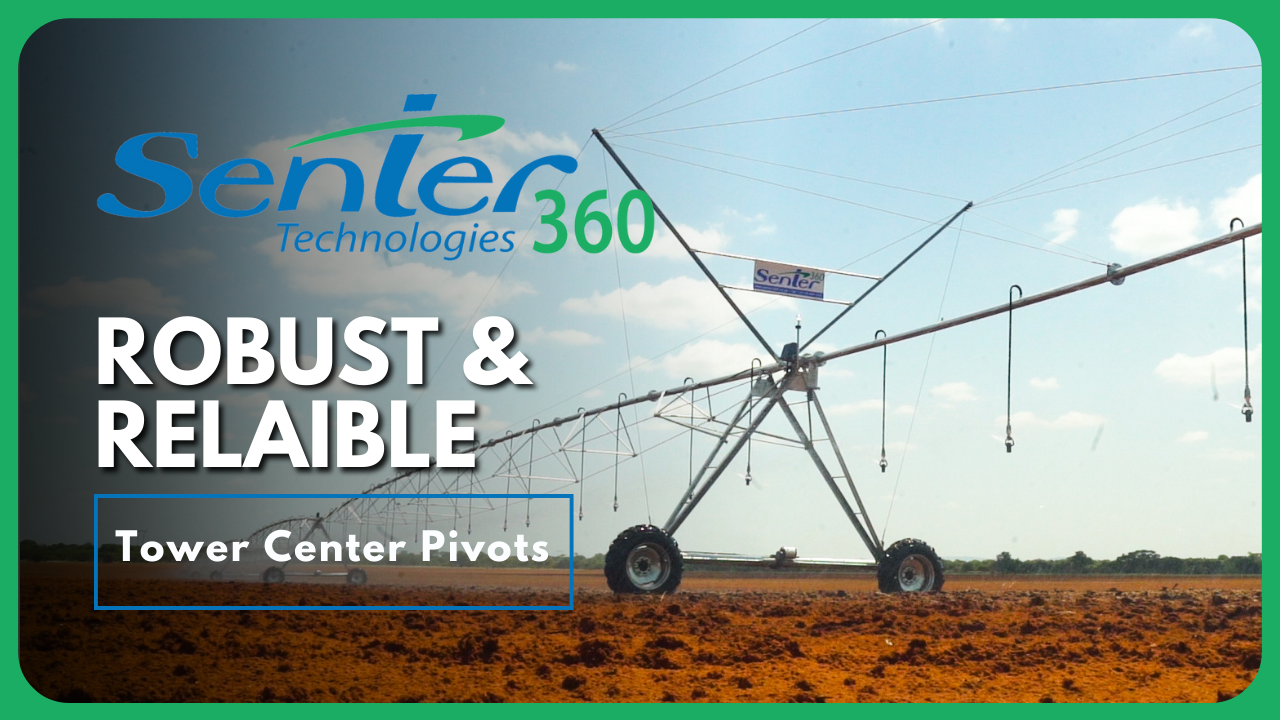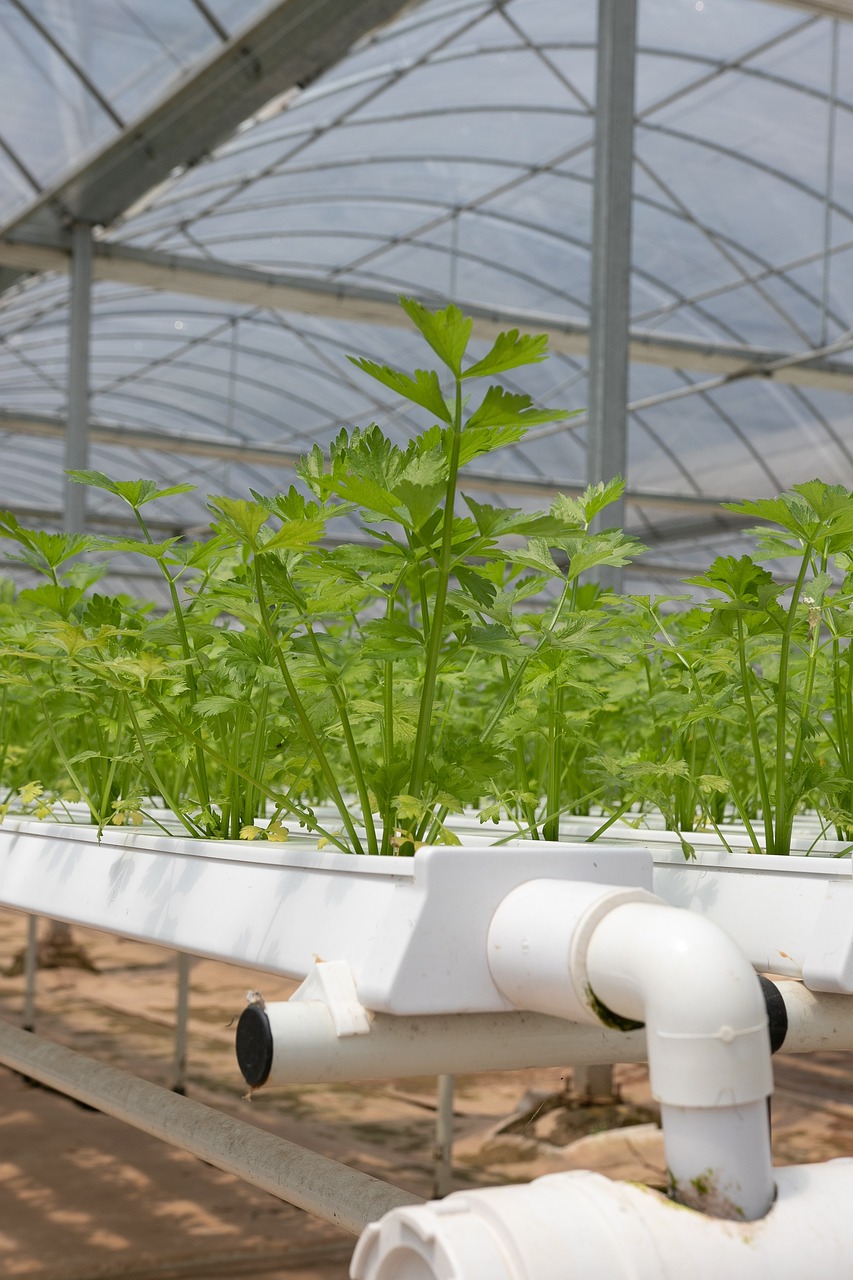Peeling involves removing the skin, peel or other outer protective layers from fresh produce using manual or mechanical devices. Before further processing the ginger rhizomes are peeled.
Peeling basic information:
Almost all fruits and vegetables that are processed for dehydration in piece or fluid form must be peeled. Current peeling methods may be divided into steam peeling, knife peeling, abrasion peeling, lye peeling and flame peeling, and each of these peeling methods have characteristic advantages.
Abrasion peelers:
Although there are many types of peelers, one such type is used to remove the peel from root-type crops by abrasion. In this peeling the food product is tumbled and thrown against surfaces that have been coated with abrasive, while a spray of water washes away the loosened materials. Abrasion peeling may be used to good advantage, but must be properly operated and controlled for best results. Abrasion peelers have a lower water consumption than other peeling methods and are also very effective as a means of removing peel that has been previously loosened by chemical or heat pre-treatment. For this reason they are frequently installed in lines following flame, steam or lye peelers.
Lye peeling:
In peeling methods that involve the use of hot lye solutions, the following factors must be taken into consideration:
- control of the lye penetration for proper peel removal,
- provision against safety hazards,
- protection against corrosion,
- disposal of spend lye,
- removal of all lye from the peeled products,
- treatment of some products with diluted acid after lye peeling in order to prevent discolouration,
- provision for lye storage and makeup facilities
The principle variables involved in lye peeling are:
- immersion time in the lye bath,
- temperature and concentration of the lye solution,
- the commodity characteristics such as type, variety, maturity and storage history
The original lye-peeling methods used boiling or near-boiling lye solutions in concentrations just high enough to be effective.
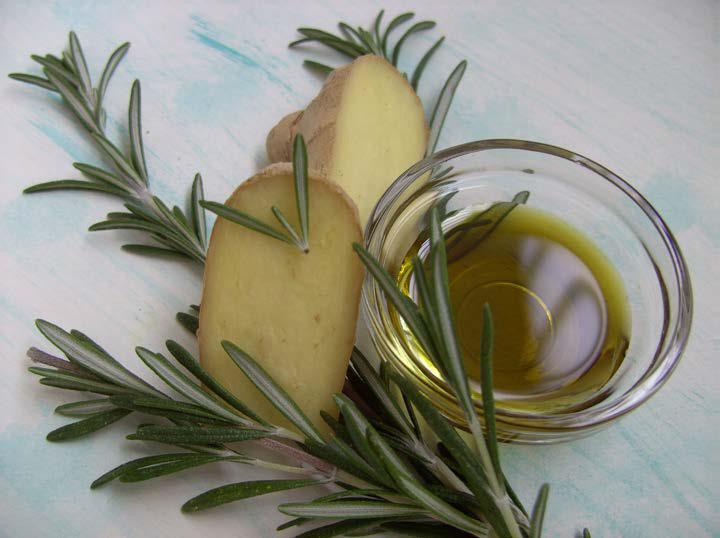
However, there are many advantages to using lower treatment temperatures:
- deep cooking of the outer tissue is reduced or eliminated, yields are higher and ‘heat rings’ are avoided,
- heat losses and evaporation from the lye bath are reduced,
- hazards of boiling, splashing, leaking, overflowing and dripping are reduced
Lye peeling is suitable for almost all root vegetables, as well as some fruit, and may be performed in batch-type or continuous operations. Batch peeling is mostly used in relatively small operations and is performed by dipping baskets of the food product in a hot lye bath for a predetermined time and then washing off the loosened peel and the residual lye. Continuous lye peeling equipment can be used with any scale of operation.
The rotary peeler consists of a perforated steel drum fitted with internal vanes that form pockets, rotating partially submerged in hot caustic solution. The drum itself is enclosed within a concentric shell in order to keep the food product confined while the drum rotates. The food product enters he drum pockets from an overhead or side chute, moves with the drum through the lye solution, and is then carried upward to the discharge chute.
A steam coil in the tank keeps the lye solution hot, or alternatively the lye solution is circulated through an external heat exchanger. The draper-type continuous peeler is made up of a long, narrow tank equipped with a metal wire-mesh belt, which conveys
the food product through the bath. The conveyor belt is equipped with advancing flights or lugs to ensure uniform movement of the material through the tank, and if the product floats, an overhead belt is provided to keep the product submerged as it advances through the tank. This peeler also provides for draining excess lye solution from the treated product as it leaves the peeler.
The washing of the product must always follow immediately after lye peeling in order to remove the residual caustic. A simple test for detecting caustic on the peeled product after washing is to place a drop of an alco holic solution of phenolphthalein on the surface of the product. If a pink stain appears, it indicates excessive residual lye and indicates the additional washing is needed.
Flash steam peeling:
Food products, such as root crops, are fed in batches into a pressure vessel that rotates at 4 to 6 rpm. High-pressure steam is then introduced into the vessel and all the food surfaces are exposed to the steam by the rotation of the vessel for a pre-determined time. This time period differs according to each type of food.
The high temperatures used cause the rapid heating of the surface layer of the food, but the low thermal conductivity of the product prevents further heat penetration. Because of this, the food product is not cooked and the product texture and colour are preserved.
The pressure is instantly released from the vessel, which causes steam to form under the skin, and the surface of the food ‘flashes off’. Most of the peel is discharged with the steam, and water sprays are only used in order to remove any remaining traces. This peeler has the advantages of having a lower water consumption, minimum product loss, good appearances of the peeled surfaces, a high throughput with automatic control of the peeling cycle, as well as the production of more easily disposable concentrated waste.
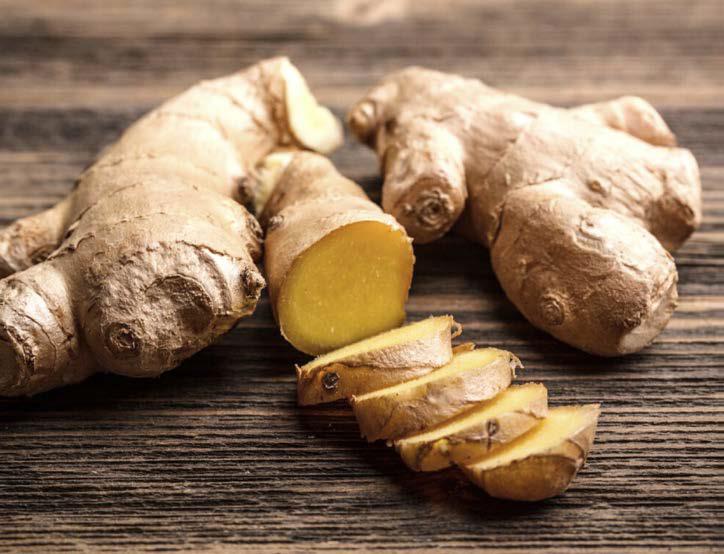
Knife peeling:
In knife peeling stationary blades are pressed against the surface of rotating food products to remove the skin, or alternatively the blades may rotate against stationary food products. This method of peeling is particularly useful for the peeling of citrus fruit where the peel is easily removed with little or no damage or loss of fruit.
Flame peeling:
Flame peeling is mostly used for onions. A flame peeler consists of a conveyor belt that carries and rotates the food product through a furnace heated to higher than 1 000 ˚C.
The outer ‘paper shell’ of the onion, as well as the root hairs, are burned off and the charred skin is then removed by high-pressure water sprays. The average product loss with a flame peeler is 9%.
Cutting
The product is divided into smaller parts, resulting in a larger surface area, which could aid further processing. The ginger rhizomes are split into smaller pieces before further processing
Soaking in water
Soaking involves submerging food products in water for a specific time to enhance hydration, cleaning and various other functions. The split ginger rhizomes are immersed in boiling water for approximately 10 minutes.
Published with acknowledgement to the ARC Agricultural Engineering for the use of their manuals. Visit www.arc.agric.za for more information.

